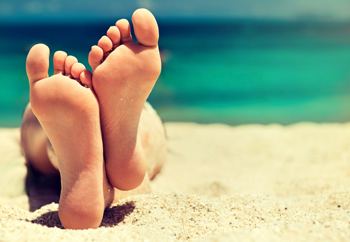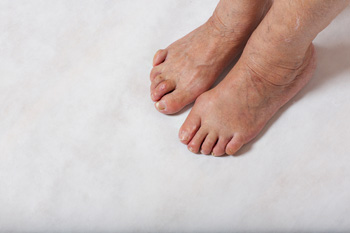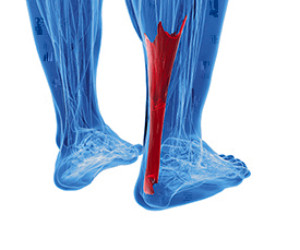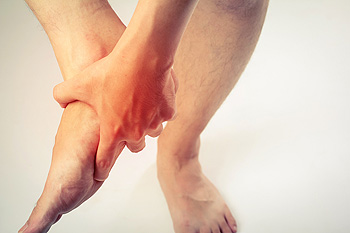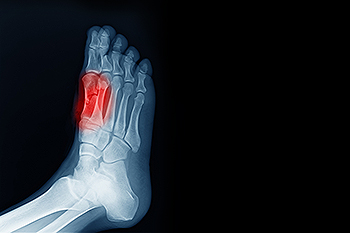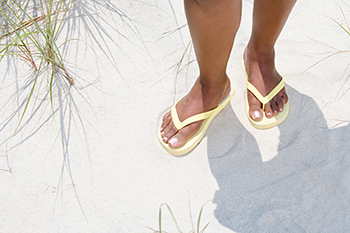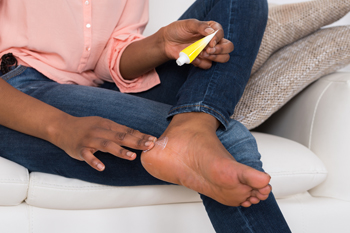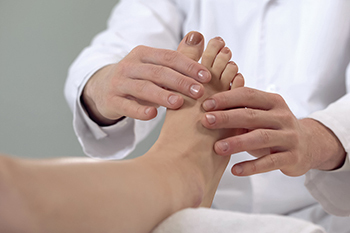
Just as with adults, children’s foot care is important to their health and wellbeing. Children’s feet are more delicate, and they are still growing. Properly fitted shoes are vital. Children can also experience unique foot disorders, such as Sever’s disease, flatfoot, plantar warts, or other conditions or deformities. Most children with flat feet do not have pain, but sometimes this can cause difficulty in a child’s participation in sports, or they may walk or run awkwardly. It can cause pain or cramping in the feet, legs, or knees. Sever’s disease is an inflammation of the heel’s growth plate that usually affects kids between ages 8 and 14 because the heel bone is not yet fully developed. Plantar warts can develop on the feet, usually the soles, from the human papilloma virus (HPV). These warts can be deep in the skin and be painful when walking or standing. Should your child have a problem with their feet or they are experiencing foot pain, seek treatment from a podiatrist.
The health of a child’s feet is vital to their overall well-being. If you have any questions regarding foot health, contact Frank Henry, DPM of Marble Falls, TX. Our doctor can provide the care you need to keep you pain-free and on your feet.
Tips for Keeping Children's Feet Healthy
- Make sure their shoes fit properly
- Look for any signs of in-toeing or out-toeing
- Check to see if they have Clubfoot (condition that affects your child’s foot and ankle, twisting the heel and toes inward) which is one of the most common nonmajor birth defects.
- Lightly cover your baby’s feet (Tight covers may keep your baby from moving their feet freely, and could prevent normal development)
- Allow your toddler to go shoeless (Shoes can be restricting for a young child’s foot)
- Cut toenails straight across to avoid ingrown toenails
- Keep your child’s foot clean and dry
- Cover cuts and scrapes. Wash any scratches with soap and water and cover them with a bandage until they’ve healed.
If you have any questions, please feel free to contact our office located in Marble Falls, TX . We offer the newest diagnostic and treatment technologies for all your foot care needs.

